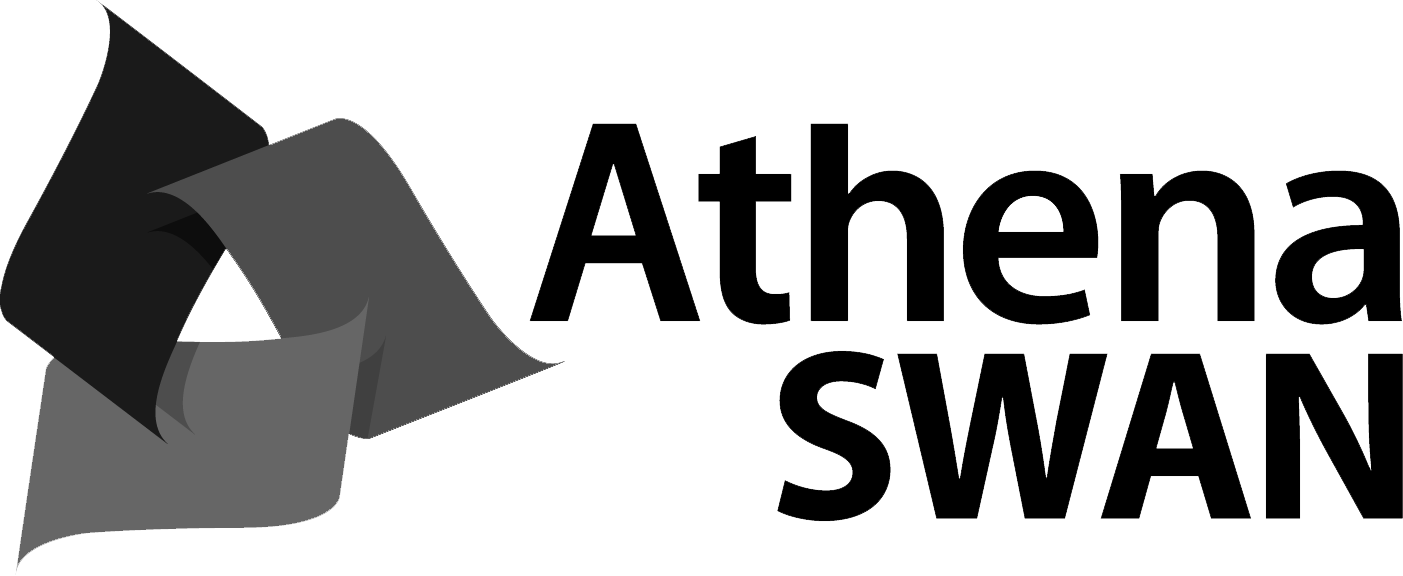This is an entry level unit designed to give students an overview of anatomy, physiology and pathophysiology of the digestive, urinary, reproductive, endocrine, nervous and immune systems relevant for professional practice. The basic concepts of neoplasia will be introduced, and students will also learn the essential principles of infection control in health care practice. Material will be presented in lectures, tutorials workshops and practical sessions. Students are expected to complete self-directed learning packages prior to some practical sessions. This unit includes laboratory classes in which human cadavers are studied; attendance at such classes is required. Students who achieve a pass have a basic working knowledge of professionally relevant aspects of anatomy and physiology. Students who achieve higher grades are better able to integrate various aspects of the unit, and to apply their knowledge to solve problems or explain higher level phenomena.
Unit details and rules
| Academic unit | Department of Medical Sciences |
|---|---|
| Credit points | 6 |
| Prerequisites
?
|
None |
| Corequisites
?
|
None |
|
Prohibitions
?
|
None |
| Assumed knowledge
?
|
None |
| Available to study abroad and exchange students | Yes |
Teaching staff
| Coordinator | Suzanne Ollerenshaw, suzanne.ollerenshaw@sydney.edu.au |
|---|---|
| Lecturer(s) | Suzanne Ollerenshaw, suzanne.ollerenshaw@sydney.edu.au |
| Michelle Gerke-Duncan, michelle.gerke@sydney.edu.au | |
| Rachel Shparberg, rachel.shparberg@sydney.edu.au | |
| Damian Holsinger, damian.holsinger@sydney.edu.au | |
| Michael Morris, m.morris@sydney.edu.au | |
| Jin Huang, jin.huang@sydney.edu.au |





